Ok - thanks for bearing with me - it took a while for me to have the time to put together the blurb for this one...
From the venerable Wikipedia;
The Hawker P.1127 and the Hawker Siddeley Kestrel FGA.1 were the experimental and development aircraft that led to the Hawker Siddeley Harrier, the first vertical and/or short take-off and landing (V/STOL) jet fighter-bomber. Kestrel development began in 1957, taking advantage of the Bristol Engine Company's choice to invest in the creation of the Pegasus vectored-thrust engine. Testing began in July 1960 and by the end of the year the aircraft had achieved both vertical take-off and horizontal flight. The test program also explored the possibility of use upon aircraft carriers, landing on HMS Ark Royal in 1963. The first three aircraft crashed during testing, one at the 1963 Paris Air Show.
Improvements to future development aircraft, such as swept wings and more powerful Pegasus engines, led to the development of the Kestrel. The Kestrel was evaluated by the Tri-partite Evaluation Squadron, made up of military pilots from Britain, the United States, and West Germany. Later flights were conducted by the U.S. military and NASA.
Related work on a supersonic aircraft, the Hawker Siddeley P.1154, was cancelled in 1965. As a result, the P.1127 (RAF), a variant more closely based on the Kestrel, was ordered into production that year, and named Harrier - the name originally intended for the P.1154 - in 1967. The Harrier served with the UK and several nations, often as a carrier-based aircraft.
So - what do you call a Harrier when it isn't a Harrier? A p.1127, of course! Well, unless it is a Kestrel or a Matador, but now we're in danger of getting metaphysical here.
This bird is a wee bit complicated due to the presence of the VTOL systems and a custom nose wheel assembly.
So - the controls;
AG1 - Unlock / Lock thrust vectoring nozzles
AG2 - Unlock / Lock nose and wingtip landing gear
AG3 - Unlock / Lock flaps
AG4 - Lights
AG5,6,7 - not used ( yet ;-) )
AG8 - VTOL stability assist system on / off
So - VTOL take off procedure goes like this;
1. Ensure AG 1 and AG8 are active.
2. Using the vtol slider, set the nozzles perpendicular to the ground (note that this bird has a definite nose up stance on the ground)
3. Throttle to 85%
4. You are now taking off. Vertically! Use yaw / roll / trim to keep on top of yaw / roll and pitch attitude)
5. Use trim slider to correct pitch and if hovering to stay level
6. Set vtol slider to neutral.
7. Deactivate AG1
8. Activate AG2
9. Set vtol full down to retract gear. Also activate regular landing gear control to retract main gear.
10. Deactivate AG2 and set vtol to neutral
11. Activate AG1
By now you shoudl be hovering at 2000,ft with the gear up.
Now - time to transition to conventional flight! This is actually quite easy.
Following on form step 11 above - gradually move the vtol slider down to rotate the thrust nozzles, whilst using trim to correct the pitch. Once you are at around 180 - 200 mph with the thrust nozzles fully rotated aft, just deactivate AG1 and AG8 - now you are flying. Really flying.
Landing - For conventional landing it shoudl be as simple as activating AG2, setting VTOL to neutral and hitting "gear" to lower the main gear. Then land her gently as you would any other conventional jet.
For vertical landing, you need to;
1. Set throttle to 75-80% & activate AG1 and AG8
2. Use thrust nozzles (vtol slider) to brake down to 30 -50 mph
3. Set vtol to neutral
4. Now yo are hovering again.
5. Deactivate AG1, Activate AG2. This shoudl drop the nose and wingtip gear - hit "gear" to drop the main gear.
6. Deactivate AG2. Activate AG1.
7. Use pitch slider to control pitch and also any fore / aft creep (i.e. keep her hovering over the target. (vtol slider can also be used)
8. Set throttle to 75% and begin descent.
9. Good luck!
Known faults;
1. The nose gear tends to shed a door when opening. Although a little disconcerting, this is perfectly normal (it is a prototype after all). You can still land as normal.
2. Now and then the nose gear fails to deploy. If this happens, land vertically. Very bloody gently.
3. Now and then the tiny cockpit clipped into the model comes loose and rattle around in there, giving you some very interesting instrument readings and completely false artificial horizon display. Probably best to land and have the boffins have a look at it if this occurs.
Happily, these faults are quite rare.
Have fun!
Specifications
General Characteristics
- Successors 5 airplane(s)
- Created On iOS
- Wingspan 23.4ft (7.1m)
- Length 45.9ft (14.0m)
- Height 12.7ft (3.9m)
- Empty Weight 7,936lbs (3,599kg)
- Loaded Weight 10,742lbs (4,872kg)
Performance
- Power/Weight Ratio 1.255
- Wing Loading 21.3lbs/ft2 (104.0kg/m2)
- Wing Area 504.4ft2 (46.9m2)
- Drag Points 4132
Parts
- Number of Parts 134
- Control Surfaces 10
- Performance Cost 614

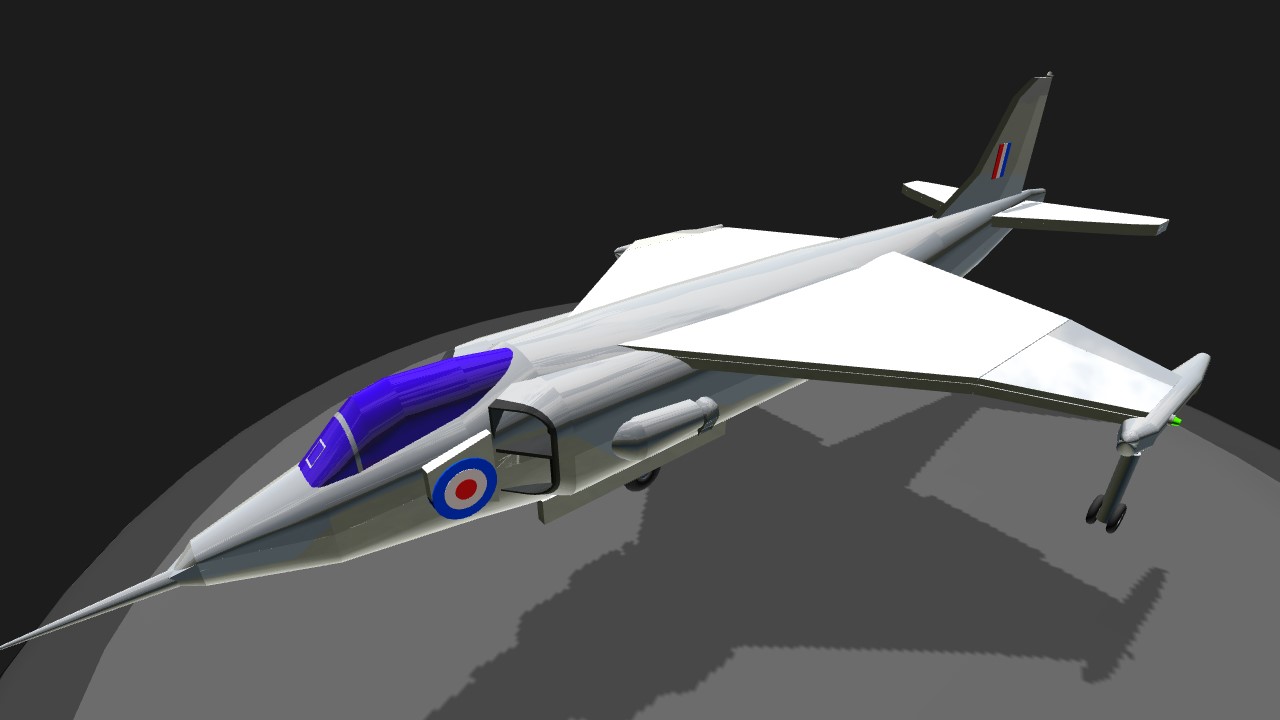
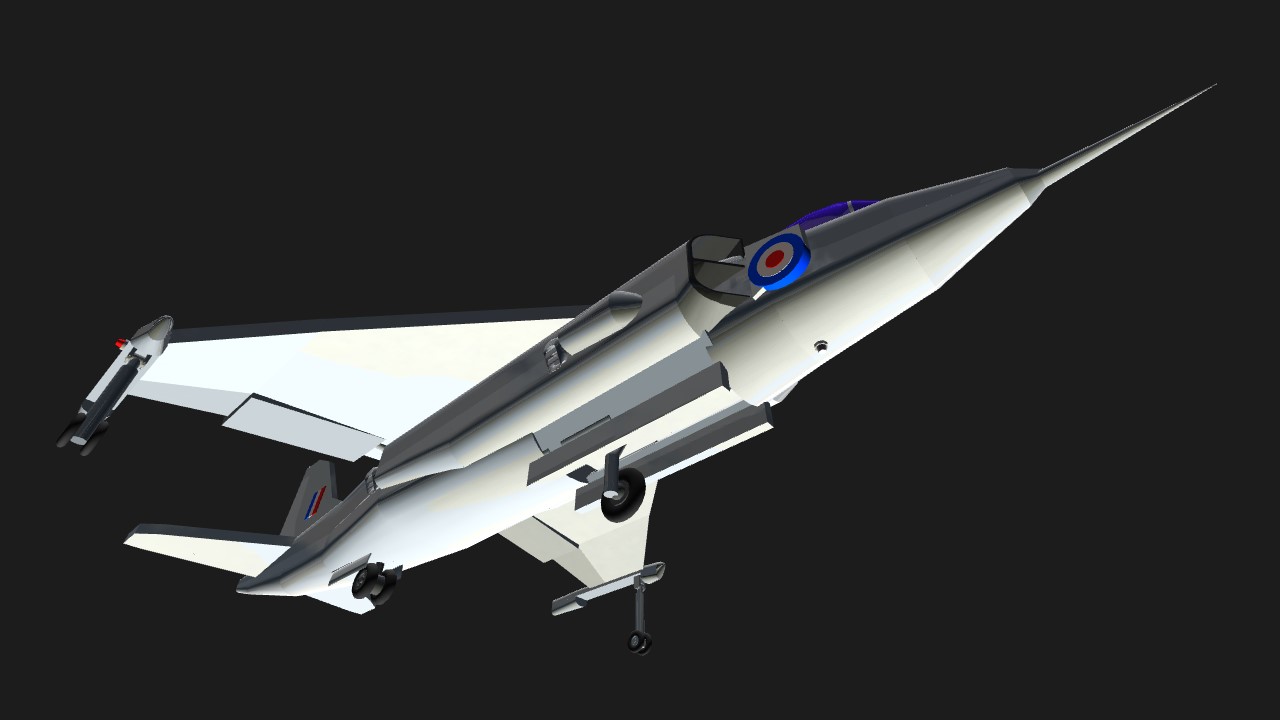
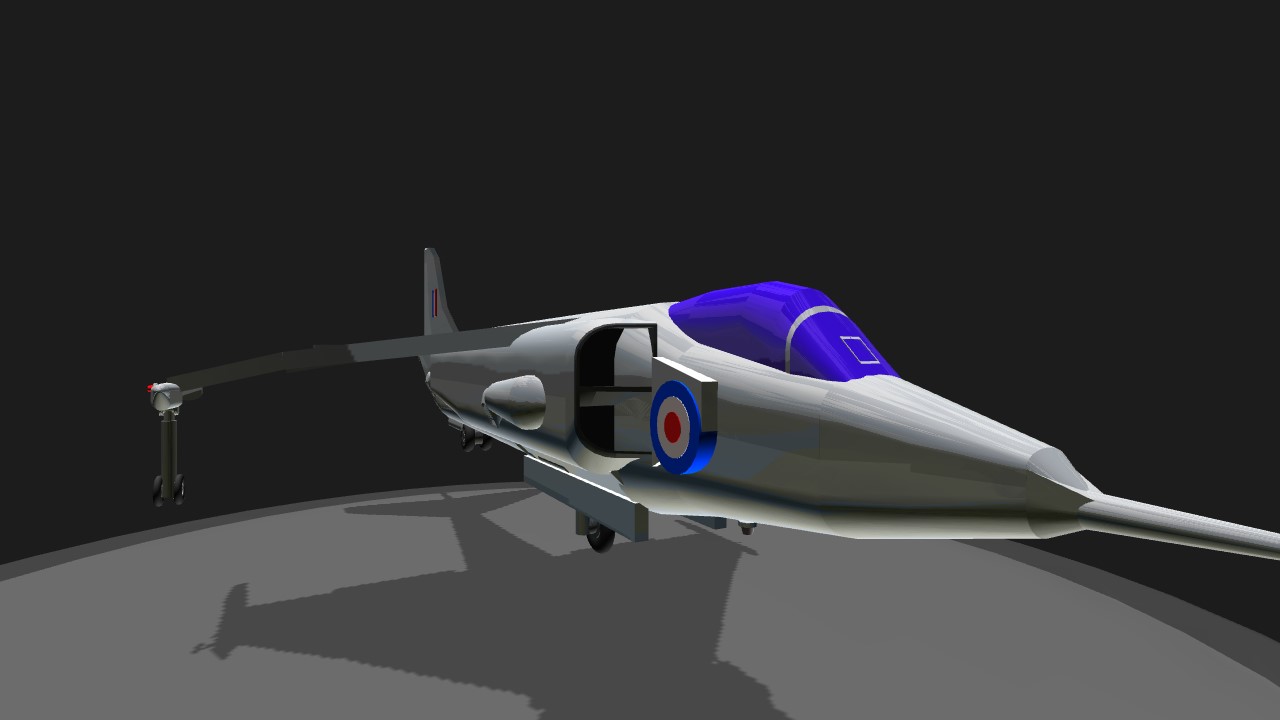
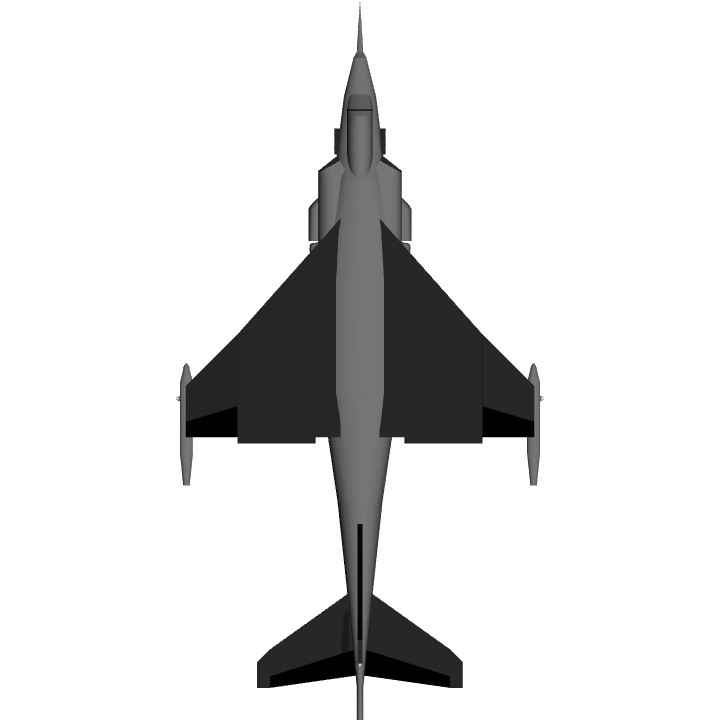

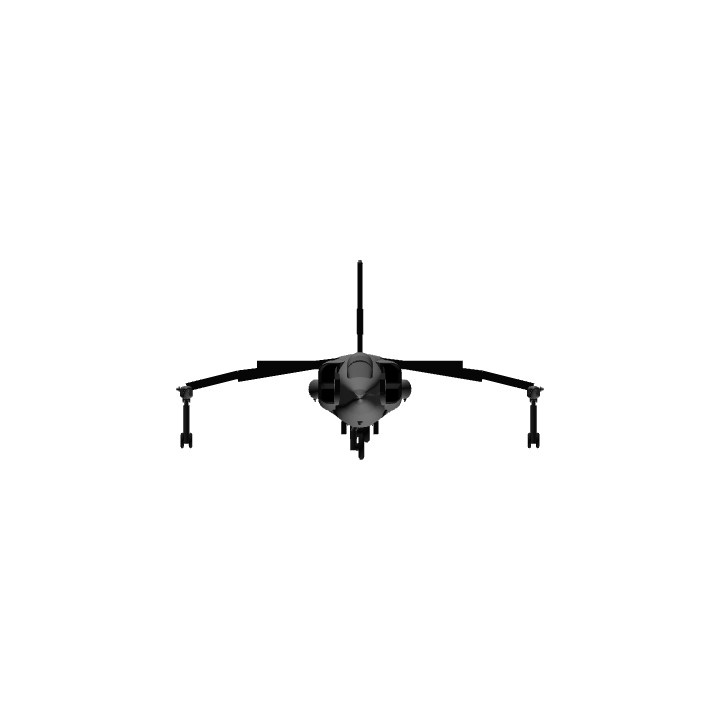
@Tang0five Cheers matey. I have now posted the instructions too. Have fun!
I like the direction your going with these!